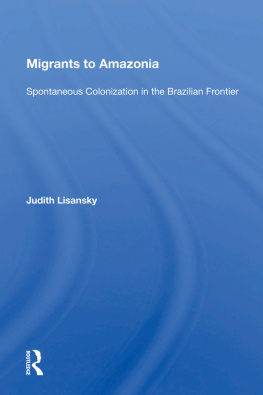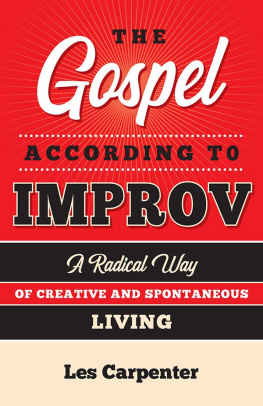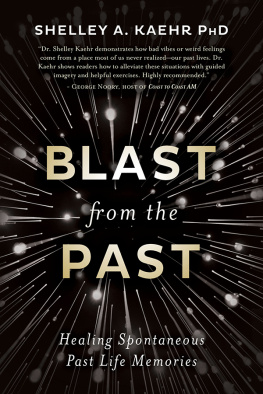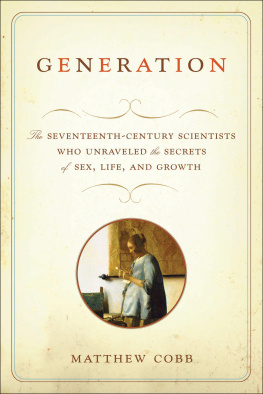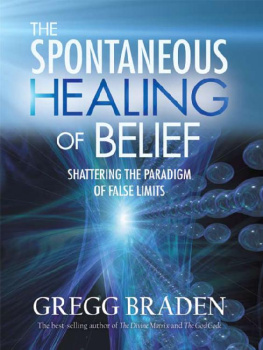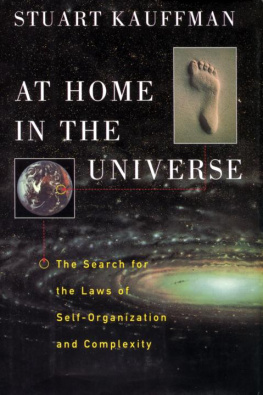The Stairway to Life
The Stairway to Life:
An Origin-of-Life Reality Check
Change Laura Tan
Rob Stadler
2020 by Change Laura Tan and Rob Stadler
All rights reserved. This book or any portion thereof may not be reproduced or used in any manner whatsoever without the express written permission of the publisher except for the use of brief quotations in a book review.
ISBN: 987-1-7341837-0-2 (paperback)
ISBN: 987-1-7341837-1-9 (Kindle)
The Stairway to Life
Table of Contents
Introduction
A mong the myriad of dubious theories from the distant past, the theory of spontaneous generation has enjoyed exceptional endurance. Belief in the spontaneous formation of living organisms, without the need for seeds or eggs or parents of any kind, was already prevalent at the time of Aristotle, but he is largely credited with formalizing the concept. From his book The History of Animals, from the fourth century BC:
With animals, some spring from parent animals according to their kind, whilst others grow spontaneously and not from kindred stock; and of these instances of spontaneous generation some come from putrefying Earth or vegetable matter, as is the case with a number of insects, while others are spontaneously generated in the inside of animals out of the secretions of their several organs [1].
Due to his work, the theory of spontaneous generation is also known as Aristotelian abiogenesis, where the more general term abiogenesis refers to life arising naturally from nonliving matter.
Over the next two millennia, support for the spontaneous generation of larger organisms like lions, rats, and mice eroded very slowly, retreating over centuries to bastions of support for spontaneous generation of smaller forms of life. Support remained strong for spontaneous generation of insects. Rotting flesh was believed to be a source of spontaneous generation of maggots, and this belief survived without formidable opposition until the time of Francesco Redi, an Italian physician, biologist, and poet. In 1668, he published his magnum opus, Experiments on the Generation of Insects , in which he demonstrated experimentally that maggots did not arise from decaying flesh when placed in a jar covered by gauze. He concluded:
Although content to be corrected by anyone wiser than myself, if I should make erroneous statements, I shall express my belief that the Earth, after having brought forth the first plants and animals at the beginning by order of the Supreme and Omnipotent Creator, has never since produced any kinds of plants or animals, either perfect or imperfect; and everything which we know in past or present times that she has produced, came solely from the true seeds of the plants and animals themselves, which thus, through means of their own, preserve their species ([2], 160).
Despite the powerful insight that Redis simple experiment provided, proponents of spontaneous generation merely retreated to smaller scales, continuing to support spontaneous generation of microscopic life. Redis 1668 publication was contemporaneous with Robert Hookes Micrographia , wherein a coarse compound microscope led to the first descriptions of a cell. Hooke also observed mold growing on leather but was unable to observe any form of seed and therefore concluded that the mold had generated spontaneously, either from natural or artificial heat. Spontaneous generation of microscopic life continued to enjoy strong support over the next two centuries; indeed, simply soaking hay in pure water generated a veritable zoo of microscopic life with no trace of seed, egg, or progenitor of any form. A noteworthy late proponent of spontaneous generation was Erasmus Darwin, the grandfather of Charles Darwin. His book The Temple of Nature (an unconventional mixture of poetry and science, published posthumously in 1803) summarized his beliefs ([3], Canto I. 1. 227):
Hence without parent by spontaneous birth
Rise the first specks of animated earth.
For which he provided the following explanation in an appendix:
From the misconception of the ignorant or superstitious, it has been thought somewhat profane to speak in favour of spontaneous vital productionThere is therefore no absurdity in believing that the most simple animals and vegetables may be produced by the congress of the parts of decomposing organic matter, without what can properly be termed generation, as the genus did not previously exist; which accounts for the endless varieties, as well as for the immense numbers of microscopic animals.
In the mid-nineteenth century, the French Academy of Sciences offered a prize to anyone who could experimentally support or refute spontaneous generation of microscopic life. In 1859, Louis Pasteur conducted an elegant experiment with meat broth in swan-necked bottles, showing that nothing would grow in a bottle of boiled broth unless particles entered from the air. This provided cogent evidence that even microscopic life could not arise spontaneously. Pasteur concluded:
Never will the doctrine of spontaneous generation recover from the mortal blow of this simple experiment. There is no known circumstance in which it can be confirmed that microscopic beings came into the world without germs, without parents similar to themselves [4].
Yet Pasteurs confident assertion was flatly denied. Like a phoenix, abiogenesis immediately began a new life, although retreating yet again to a smaller scale. You may recognize that the year of Pasteurs experiment (1859) was the same year of another renowned scientific accomplishment: the publication of Darwins On the Origin of Species . Undoubtedly greatly influenced by his grandfather Erasmus, Charles Darwin maintained a belief, or at least a hope, that life could arise spontaneously. The former Aristotelian abiogenesis implied a rapid arrival of an intact organism without seed, egg, or parents. Darwins abiogenesis retreated further to the molecular level, applied only to the first life to arrive on the planet, and required an expanse of time. Darwin expressed this view in an 1871 letter to his friend Joseph Hooker:
It is often said that all the conditions for the first production of a living organism are now present, which could ever have been presentBut if (and Oh! what a big if!) we could conceive in some warm little pond with all sorts of ammonia and phosphoric salts,light, heat, electricity etc., present, that a protein compound was chemically formed, ready to undergo still more complex changes, at the present day such matter would be instantly devoured, or absorbed, which would not have been the case before living creatures were formed [5].
Darwins espousal of this new form of spontaneous generation, and its role in his overall theory of evolution, has drawn new battle lines in a conflict that remains very active today. Darwin is joined by every atheist because the absence of god necessitates a naturalistic explanation for the start of life, even if it happened on some other planet. Francis Crick, the codiscoverer of the structure of DNA, eventually warmed to abiogenesis, although his initial pessimism on the likelihood of abiogenesis led him to propose the theory of panspermia (the possibility that life on Earth came from elsewhere in the universe) [6]. NASA strongly supports abiogenesis, recently forming the Prebiotic Many modern biology textbooks are clearly written to encourage millions of students to accept abiogenesis. The following are a few examples from well-known textbooks:
Because Pasteurs data were so conclusivemeaning that there was no other reasonable explanation for themthe results persuaded most biologists that the all-cells-from-cells hypothesis was correct. However, you will see that biologists now have evidence that life did arise from nonlife early in Earths history, through a process called chemical evolution ([10], 4).
Next page

